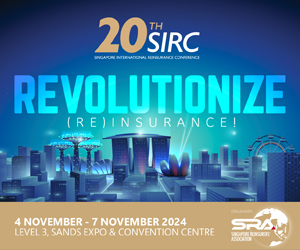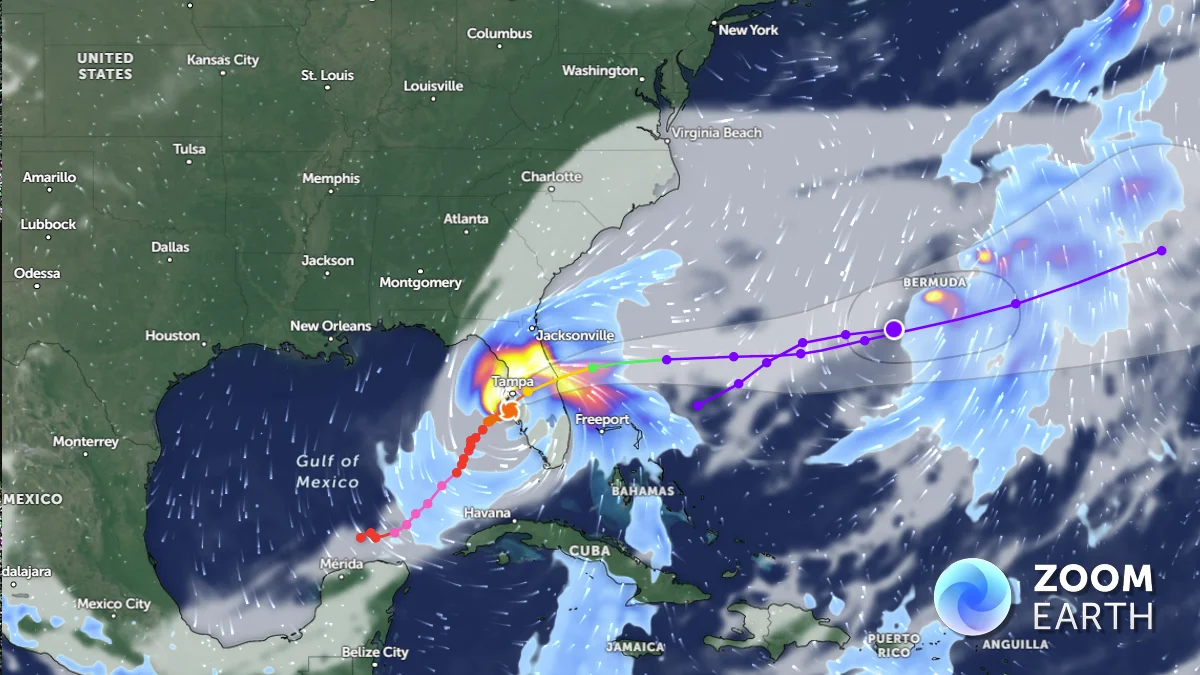(Re)in Summary
• Asset intensive reinsurance deals are on course for record volumes in the UK and North America this year.
• The IAIS’s Global Insurance Market Report predicts the number of Asia transactions is set to grow off the back of regulatory change and increased reinsurer appetite for life insurance risk in the region.
• Guy Carp reported that reinsurance capital dedicated to the Asian life insurance business grew from US$30bn in 2021 to US$40bn in 2022.
• Insurers backed by major private equity players Carlyle Group and KKR have struck Asian asset intensive reinsurance deals over the previous two years.
The Asian asset intensive reinsurance market is set to expand further on the back of greater appetite from global players and increased demand from life insurers in the region’s mature markets due to impending solvency and accounting regulation changes.
Asset intensive insurance — the transfer of both investment and biometric risk of a block of insurance liabilities — has traditionally been associated with markets in North America and Europe.
This year, for example, the UK pension risk transfer (PRT) sector is on course to exceed its 2019 record of £43bn (US$53bn) worth of transactions.
Likewise, both the US and Canada are also on course to record all-time highs in terms of the monetary value of PRT deals struck in 2023.
According to the International Association of Insurance Supervisors’ (IAIS) 2023 Global Insurance Market Report (GIMAR), the use of this form of reinsurance treaty has also been on the rise in mature Asian markets in recent years.
GIMAR said that more Asia deals are likely to occur in the near term.
Uptick in deals
“There is a growing appetite among asset intensive reinsurers to enter mature markets in Asia. Notably, since 2021, there have been US$9bn worth of deals reported in Japan, and US$6bn in China, and Hong Kong,” GIMAR said.
This figure has already increased since the report was published.
On 12 December KKR-backed Global Atlantic Financial Group announced a US$9.6bn reinsurance deal with Manulife which included two blocks of Japanese life business.
This is the latest foray into the Asian life insurance sector for the US firm following a $4.8bn whole life reinsurance deal, which it struck with China-focused units of AXA Group in 2021.
According to Artemis, the AXA deal was the first block reinsurance transaction the firm had sourced from outside the US.
Global Atlantic isn’t the only offshore reinsurer active in the Asian market.
In March this year Bermuda-based Fortitude Re said it had closed two block whole life reinsurance deals with separate, unnamed, Japanese insurers.
Fortitude’s backers include private equity firm Carlyle Group, and the twin deals followed a flow reinsurance deal with an again unnamed Japanese insurer, in October 2022.
GIMAR said that in addition to greater reinsurer appetite for asset intensive insurance transactions, impending solvency and accounting changes in a number of Asian jurisdictions would also boost the market.
Regulatory Change
“Furthermore, upcoming regulatory capital reforms and accounting changes in Asia are likely to drive increased demand for this type of reinsurance agreement,” the report added.
Hong Kong is set to introduce its long awaited risk-based capital (RBC) regime in 2024, having already brought in HKFRS – the local iteration of International Financial Reporting Standard 17.
Japan and Taiwan are also slated to bring RBC regimes online in 2025 and 2026 respectively.
Asset intensive reinsurance targets long-term life liabilities for which investment risk is the key pricing factor, more so than biometric, lapse, and expense risks.
Typically, these insurance liabilities include products such as: deferred annuities, universal life policies, and PRTs.
Reinsurers’ Asia Appetite
“The distinctiveness of this agreement lies in its substantial investment risk component, which differs significantly from conventional insurance risks, as for example, underwritten in simple yearly renewable term arrangements,” said GIMAR.
“The increased adoption of these agreements means that investment risk now constitutes a more significant portion of the total risk assumed by some reinsurers,” the report added.
According to a separate report by Guy Carpenter, reinsurance capital dedicated to the Asian life insurance business grew from US$30bn in 2021 to US$40bn in 2022, despite a fall in the amount of dedicated life capital globally over the same period.
The Guy Carp report said that these statistics highlighted the large pool of potential deals in Asia, particularly in relation to legacy in-force business in both Hong Kong and Japan.
The report said that the majority of this new available capital came from asset intensive reinsurers.
Guy Carp said these asset intensive reinsurers are typically backed by asset management companies or private equity firms which have a track record of conducting similar deals in the US.
Private Capital
“[These firms] are now entering the Asia market and have been successful on familiar product sets and suitable currencies of the underlying product, such as US dollars.
This ultimately allows them to leverage their in-house investment expertise and write these blocks at attractive prices for insurers in Asia,” said the report.
The Guy Carp report said there are currently soft market conditions in the Asia life reinsurance sector, particularly for asset intensive deals because more capital is available for reasons including recent capital raisings.
It also cited the rising interest rate environment which means lower initial premiums for coinsurance structures.
“We expect deals completed with new capital sources to continue increasing at an even quicker pace when asset intensive reinsurers develop more experience in Asia,” the report added.















